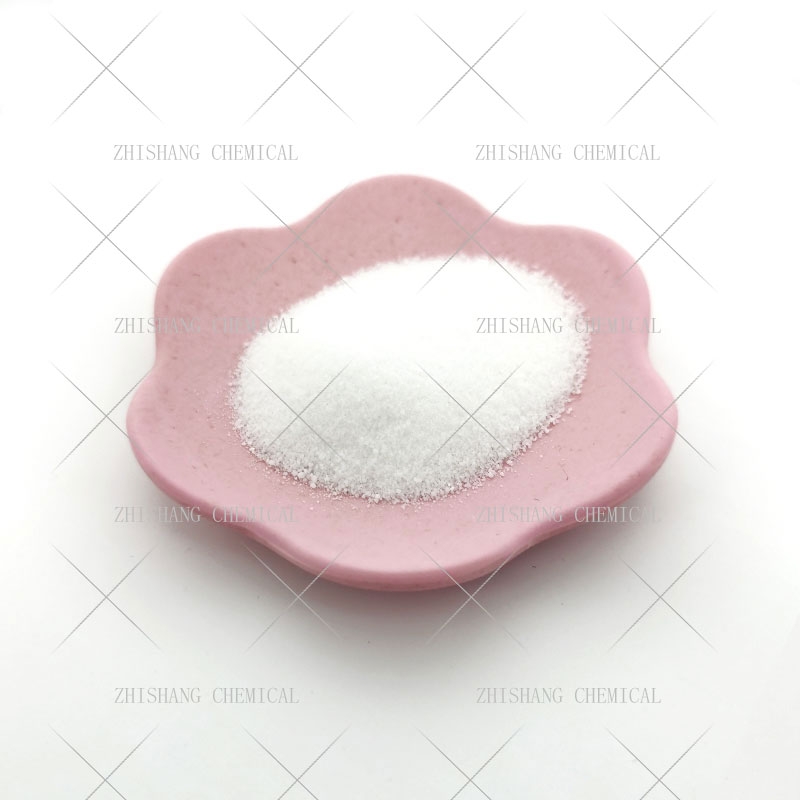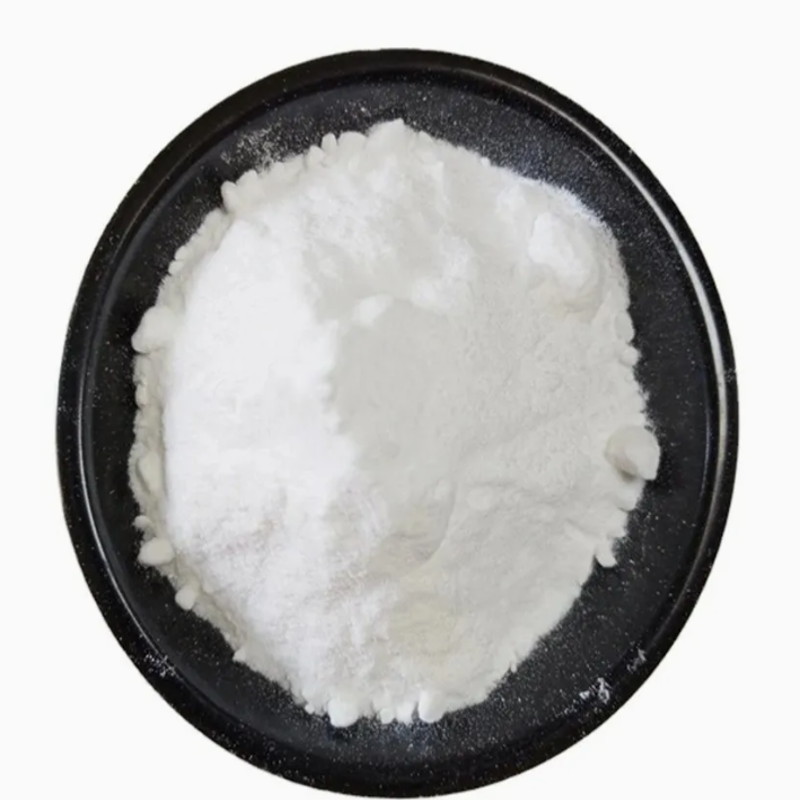-
Categories
-
Pharmaceutical Intermediates
-
Active Pharmaceutical Ingredients
-
Food Additives
- Industrial Coatings
- Agrochemicals
- Dyes and Pigments
- Surfactant
- Flavors and Fragrances
- Chemical Reagents
- Catalyst and Auxiliary
- Natural Products
- Inorganic Chemistry
-
Organic Chemistry
-
Biochemical Engineering
- Analytical Chemistry
-
Cosmetic Ingredient
- Water Treatment Chemical
-
Pharmaceutical Intermediates
Promotion
ECHEMI Mall
Wholesale
Weekly Price
Exhibition
News
-
Trade Service
Lenvatinib mesylate is an orally available, small molecule tyrosine kinase inhibitor that is used in the treatment of various types of cancer, including kidney, thyroid, and liver cancer.
It is marketed under the brand name Lenvima® by Eisai Co.
, Ltd.
and is approved for use in over 50 countries worldwide.
The synthetic route for lenvatinib mesylate involves a multi-step process that involves the synthesis of several key intermediates, which are then assembled to form the final compound.
The synthesis of lenvatinib mesylate can be divided into four main stages: (1) the synthesis of the benzoxazepine skeleton, (2) the synthesis of the 4-fluoro-2-oxo-1,2-dihydroquinoline moiety, (3) the coupling of the benzoxazepine and 4-fluoro-2-oxo-1,2-dihydroquinoline moieties, and (4) the conversion of the resulting compound into the mesylate salt.
The synthesis of the benzoxazepine skeleton involves the condensation of benzaldehyde and oxazepanone in the presence of a Lewis acid catalyst, such as aluminum chloride.
This reaction results in the formation of a benzoxazepine intermediate, which can then be further transformed into the desired benzoxazepine skeleton using a variety of chemical transformations, such as hydrolysis, halogenation, or nitration.
The synthesis of the 4-fluoro-2-oxo-1,2-dihydroquinoline moiety involves the condensation of 4-fluoro-2-oxo-1,2-dihydroquinoline-7-carboxylic acid with a variety of amines or alcohols in the presence of a coupling agent, such as hydroxybenzotriazole.
The resulting intermediate can then be transformed into the desired 4-fluoro-2-oxo-1,2-dihydroquinoline moiety using a variety of chemical transformations, such as halogenation or nitration.
The coupling of the benzoxazepine and 4-fluoro-2-oxo-1,2-dihydroquinoline moieties involves the condensation of the two intermediates in the presence of a coupling agent, such as 1,3-dicyclohexylcarbodiimide or hydroxybenzotriazole.
This reaction results in the formation of a new intermediate, which can then be transformed into the desired compound using a variety of chemical transformations, such as hydrolysis or halogenation.
The conversion of the resulting compound into the mesylate salt involves the reaction of the compound with methanesulfonic acid in the presence of a base, such as sodium hydroxide.
This reaction results in the formation of the mesylate salt of lenvatinib mesylate, which is the final product.
In summary, the synthetic route for lenvatinib mesylate involves the synthesis of several key intermediates, which are then assembled to form the final compound.
The synthesis of lenvatinib mesylate can be divided into four main stages: the synthesis of the benzoxazepine skeleton, the synthesis of the 4-fluoro-2-oxo-1,2-dihydroquinoline moiety, the coupling of the benzoxazepine and 4-fluoro-2-oxo-1,2-dihydroquinoline moieties, and the conversion of the resulting compound into the mesylate salt.
The synthesis of lenvatinib mesylate is a complex multi-step process that requires a high degree of chemical expertise and sophisticated equipment.







